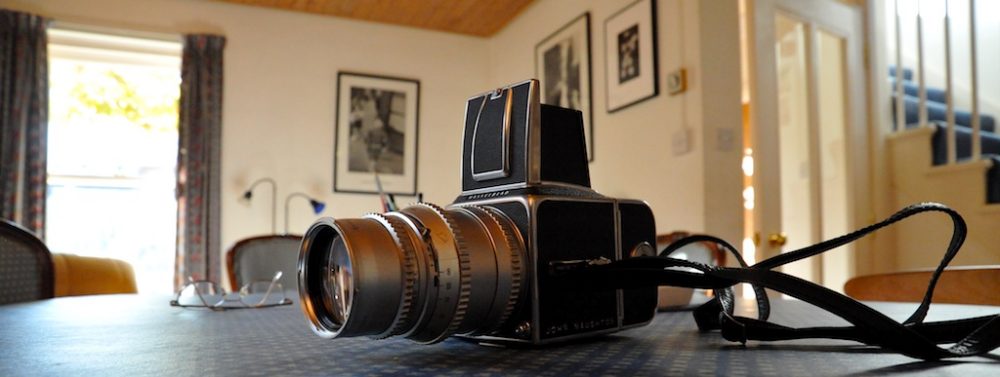Election 2016 has been a disaster for both pollsters and mainstream media. Bracing stuff from Micheal Wolff:
And it was a failure of modern journalistic technique too. It was the day the data died. All of the money poured by a financially challenged media industry into polls and polling analysis was for naught. It profoundly misinformed. It created a compelling and powerful narrative that was the opposite of what was actually happening. There may be few instances, except perhaps under authoritarian regimes, where the media has so successfully propounded a view of events not only of its own making but at such odds with reality. Trump is a simple proof: forget polls — they say what you want them to say.
And then there was the wholesale destruction of what is perhaps the most important media assumption: that advertising matters. A not inconsiderable portion of the profitability of most media companies comes from the extra many billions of dollars that’s poured into local television every four years. Clinton spent the usual quota (buying, for instance, almost 80 percent of the more than 120,000 campaigns ads during the general election in Florida), Trump only a fraction thereof, redefining not only how to run for office, but the symbiotic relationship of the media to politics.
The irony is too painful: Trump the media candidate turns on the media. The flat-footed media became for the nimble Trump his punching bag and foil (while all the time the media assumed Trump was the flat-footed one). It gave him his singular, galvanizing and personalized issue — it’s the media, stupid. If Trump makes good on his promise to oppose the Time Warner and AT&T merger, that will be an indication that his war with the media, once his most reliable alley, will go on.
Jack Shafer goes further:
Trump’s secret was almost exactly the opposite of what even the best-paid consultant would advise. He has run a media campaign directly against the media, helping himself to the copious media attention available to a TV star while disparaging journalists at every podium and venue. Other politicians before him have aimed some anger at the press. President Lyndon Johnson schemed to manipulate reporters; once when asked a tough, one-on-one question by a reporter, Johnson responded, “Here you are, alone with the president of the United States and the leader of the free world, and you ask a chickenshit question like that.” Richard Nixon loathed the press, but delegated the attack-dog job to Vice President Spiro Agnew, who gave speeches denouncing the network news. Ronald Reagan’s image-makers subverted the press by producing heroic prepackaged visuals while keeping their man from having to answer any inconvenient questions. George H.W. Bush’s disdain for journalists inspired the popular 1992 reelection bumper sticker: “Annoy the Media; Vote for Bush.”
But Trump has taken press-baiting further than anyone else in public life would have imagined possible. He has isolated the press as his genuine rival, campaigning harder against it sometimes than the other candidates. He’s fought it on a personal level, ridiculing reporters—often by name—as “sleazy,” “extremely dishonest,” “a real beauty,” “unfair,” and “not good people.” Until recently, he blacklisted individual reporters from campaign access. He mocked a disabled reporter; he called Brit Hume and Maureen Dowd “dopes.” He’s fought it institutionally, slathering CNN with a barrage of insults, and castigating the New York Times and the “mainstream media” scores of times.
